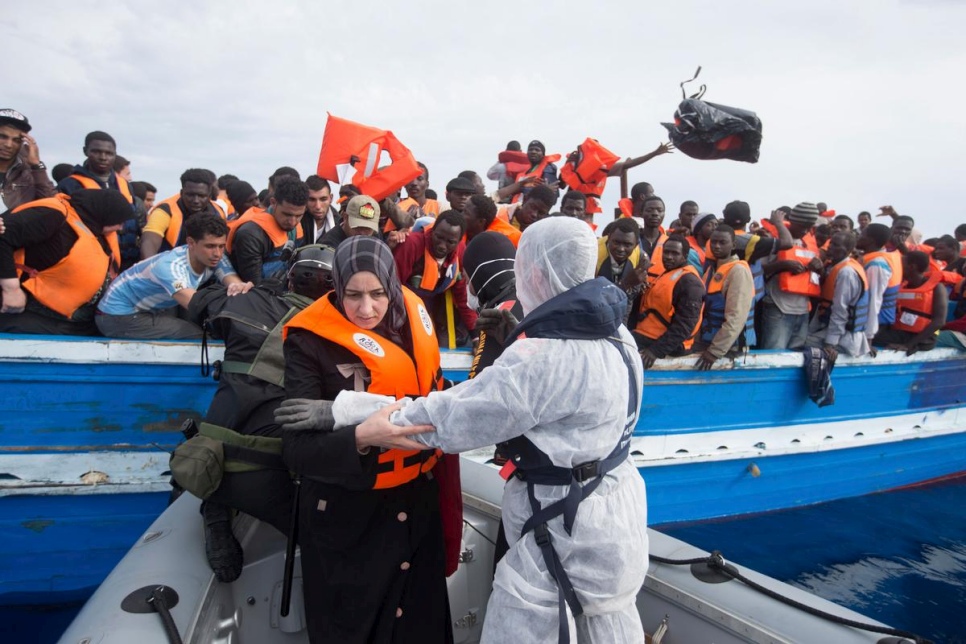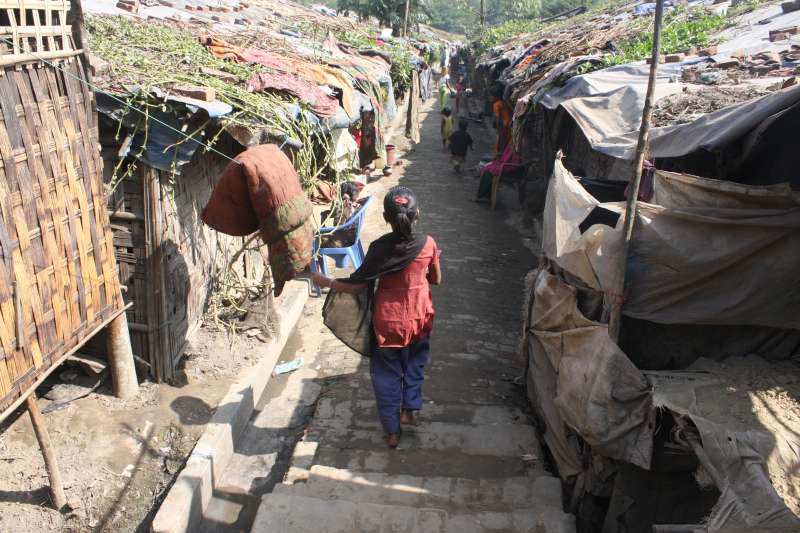Archive for the ‘Migration’ Category
European Union leaders are meeting in Malta to discuss how to stem the influx of migrants from North Africa.
Sunday, February 5th, 2017- “….On Thursday, Italy’s coastguard said more than 1,750 migrants had been rescued in the Mediterranean within 24 hours….”
- “….More than 180,000 migrants arrived in Italy last year….
- “….more than 4,500 drowned trying to get [to Italy]…..”

Refugee Research: Clinical characteristics of asylum seekers arriving in Brussels
Wednesday, January 25th, 2017van Berlaer G, Bohle Carbonell F, Manantsoa S, et al. A refugee camp in the centre of Europe: clinical characteristics of asylum seekers arriving in Brussels. BMJ Open 2016;6:e013963. doi:10.1136/bmjopen-2016013963
“…..Of 4037 patients examined in the field hospital, 3907 were included and analysed for this study. Over 11% of patients suffered from injuries, but these were outnumbered by the proportion of patients with respiratory (36%), dental (9%), skin (9%) and digestive (8%) diagnoses. More than 49% had features of infections at the time of the consultation.
Conclusions: Asylum seekers arriving in a refugee camp in Brussels after a long and hazardous journey suffer mostly from respiratory, dental, skin and digestive diseases. Still, one in seven suffers from injury. These findings, consistent with other reports, should be anticipated when composing emergency medical teams and interagency emergency health or similar kits to be used in a field hospital, even in a Western European country. ….”
4.1. miles: The Greek Coast Guard dealing with the constant flow of rescues & saving refugees from drowning as they attempt to cross to Europe from Turkey.
Friday, January 20th, 2017A new study suggests that refugees seeking asylum in Europe may be bringing with them higher carriage rates of antibiotic-resistant bacteria.
Wednesday, January 18th, 2017Piso RJ, Käch R, Pop R, Zillig D, Schibli U, Bassetti S, et al. (2017) A Cross-Sectional Study of Colonization Rates with Methicillin-Resistant Staphylococcus aureus (MRSA) and Extended-Spectrum Beta-Lactamase (ESBL) and Carbapenemase-Producing Enterobacteriaceae in Four Swiss Refugee Centres. PLoS ONE 12(1): e0170251. doi:10.1371/journal.pone.0170251
“….261 refugees at four refugee centers in Switzerland were screened to determine colonization rates for MRSA and extended-spectrum beta-lactamase (ESBL) and carbapenemase-producing Enterobacteriaceae. Pharyngeal, nasal, and inguinal swabs were used for MRSA screening, and rectal swabs and urine were used for ESBL and carbapenemase screening.
The refugees were from five different regions—Middle East, East Africa, Central/West Africa, Northern Africa, and Far East—with the majority coming from Afghanistan, Syria, and Eritrea. Three quarters of the screening participants were male.
The screening results showed that 15.7% of the refugees were colonized with MRSA, a rate roughly 10 times higher than found in the Swiss population…..”
Tens of thousands of people seeking better lives are expected to trek across deserts and board unseaworthy boats in war-torn Libya this year in a desperate effort to reach European shores by way of Italy.
Tuesday, January 17th, 2017“….More than 181,000 people, most so-called “economic migrants” with little chance of being allowed to stay in Europe, attempted to cross the central Mediterranean last year from Libya, Africa’s nearest stretch of coast to Italy. About 4,500 died or disappeared…..”
Some 2.6 million Nigerians have been displaced since 2009 due to Boko Haram attacks and these displaced persons have largely gone to Maiduguri, the capital of Borno State, and to neighboring countries including Chad, Cameroon and Niger. In those 4 countries, an estimated 480,000 children suffer from acute severe malnutrition.
Thursday, January 12th, 2017“….MSF is starting to use what Hanson calls “precious access” to children and families. When they see families to treat disease or provide vaccinations, it’s also a perfect time to distribute food. In the last three months of 2016, MSF — working with U.N., government and other humanitarian organizations — distributed enough food to feed 26,000 families for two weeks…..”
Myanmar (Burma): Reports by human rights organizations that the military entered Rohingya villages in northern Rakhine State shooting at random, set houses on fire with rocket launchers, and systematically raped girls and women.
Wednesday, January 11th, 2017
- “….More than one million people in Myanmar identify as Rohingya, a predominantly Muslim group living mainly in Rakhine State on the country’s western coast.
- The Myanmar government says the Rohingya are not a genuine ethnic group but are Bengali migrants whose presence is a legacy of colonial times. In a country where anti-Muslim sentiment is widespread, the Rohingya are often persecuted.
- Rohingya are denied citizenship, freedom to travel, accesses to education and other benefits in Myanmar.
- According to human rights groups, the Myanmar military has entered Rohingya villages and shot people at random, razed houses, and systematically raped girls and women. The government denies allegations of genocide.
- Hundreds of thousands of Rohingya live in squalid refugee camps in Bangladesh. The government there denies that Rohingya from Myanmar are ethnic Bengalis and has tried to close its borders to the migrants……”







